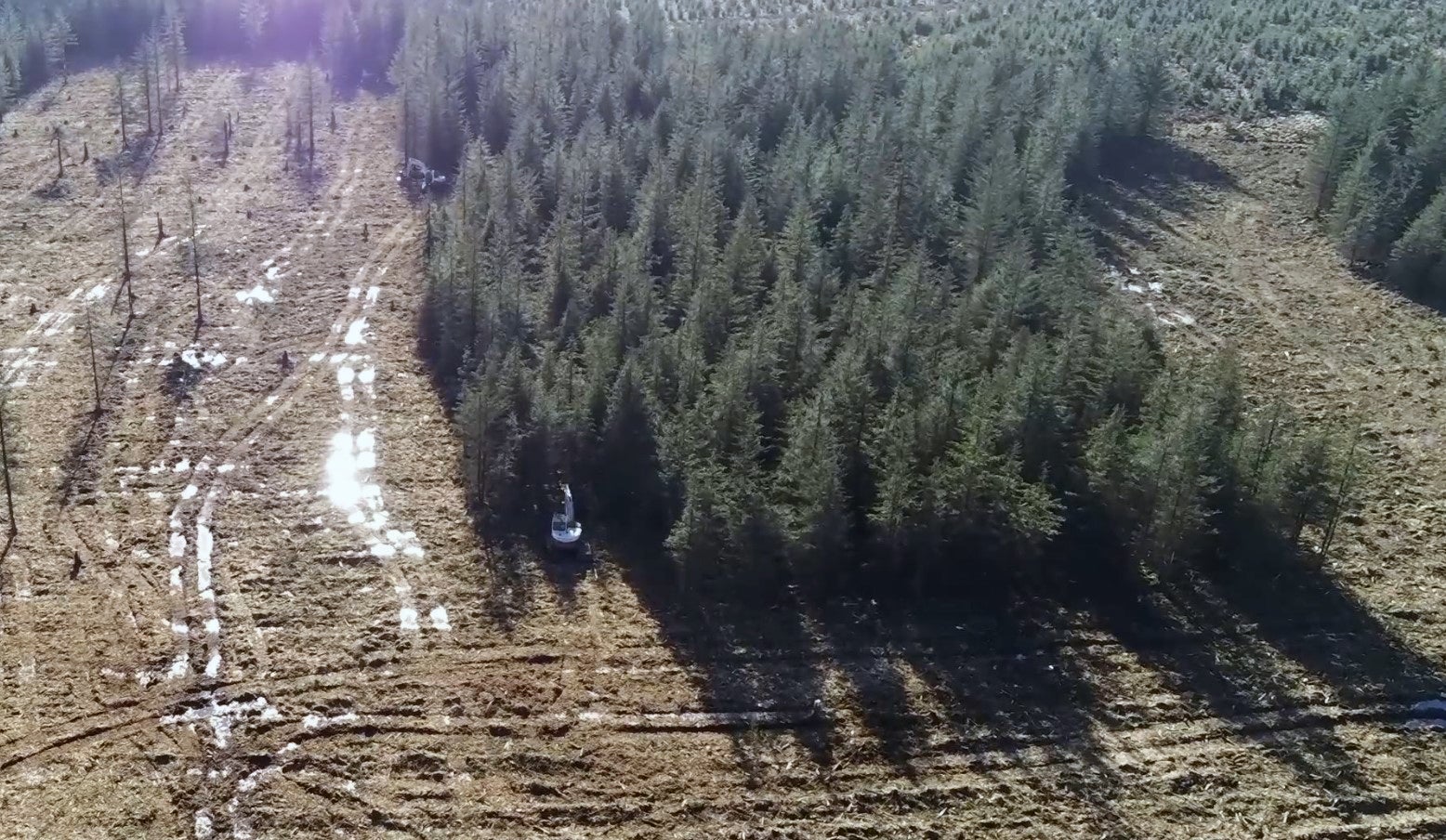£1m funding to restore ancient Border Mires for nature and carbon storage
A four-year project includes funding to block drainage ditches and remove trees on the peat bogs in Northumberland and Cumbria.

Your support helps us to tell the story
From reproductive rights to climate change to Big Tech, The Independent is on the ground when the story is developing. Whether it's investigating the financials of Elon Musk's pro-Trump PAC or producing our latest documentary, 'The A Word', which shines a light on the American women fighting for reproductive rights, we know how important it is to parse out the facts from the messaging.
At such a critical moment in US history, we need reporters on the ground. Your donation allows us to keep sending journalists to speak to both sides of the story.
The Independent is trusted by Americans across the entire political spectrum. And unlike many other quality news outlets, we choose not to lock Americans out of our reporting and analysis with paywalls. We believe quality journalism should be available to everyone, paid for by those who can afford it.
Your support makes all the difference.A swathe of ancient peat bogs in northern England’s “Border Mires” will be restored with the help of a £1 million Government grant, Forestry England has said.
A four-year project across 827 hectares (2,000 acres) will include work to block 15 miles of drainage ditches and removing trees to raise the water table and help the bogs to grow and lay down new peat.
It will bring a further nine ancient bogs back into good health in the Border Mires, a vast area of peat with at least 52 individual sphagnum bogs in Cumbria and Northumberland Forestry England said.
The Border Mires, which lie between Hadrian’s Wall and the Scottish border, many of them in Kielder Forest which is heavily planted with plantations, date back to the last Ice Age and were a refuge for bandits in the Middle Ages.
They are an important habitat for sphagnum moss, bog asphodel and carnivorous sundew plants, as well as dragonflies and wading birds, and lock away carbon in the peat, helping tackle climate change.
Many were partially planted with trees such as conifer plantations to meet the UK’s timber needs in the 20th century, lowering the water table and damaging the habitat, but conservation work began in the 1970s.
Previous major restoration schemes to restore the mires ran from 1996-2003 with EU funding, and from 2005-2010 supported by Government conservation agency Natural England.
The £1 million funding through the Government’s “nature for climate peatland grant scheme” will involve clearing spruce that is regenerating on areas which had previously been felled and trees being taken off another 24 hectares (60 acres) of unrestored bog land.
The Border Mires are exceptionally important for peatland conservation
Kevin May, from Forestry England, which secured the grant on behalf of a coalition of partners, said: “Working with other organisations we have been able to blaze a trail in the long-term restoration of peatland here in the Border Mires.
“We have balanced this with meeting other national objectives, such as vital woodland creation and sustainable timber production.
“With two other large-scale peatland schemes already under our belt, the outlook for these historic and fragile habitats is improving all the time.”
He said: “Modern forests are a blended mosaic of resilient open and wooded landscapes. That is exemplified by the Border Mires, which nestle within productive native and coniferous woodland.
“This vital support from the Government and Natural England will accelerate the evolution and relevance of our forests.”
Marjorie Davy, from Natural England, added: “The Border Mires are exceptionally important for peatland conservation, with extensive deposits of very deep peat that will continue to grow when the right conditions are re-established.
“The long-term absence of burning and grazing from many of the sites means that species that have been lost from most bogs elsewhere in England are still well-represented here, including Baltic bog-moss, few-flowered sedge and great sundew.
“There is much work still to do here, but this funding will build on the great work done so far to bring these ecosystems back to good health, and will set up the next chapter in the story of the restoration of this inspirational, unique and naturally carbon-rich landscape.”